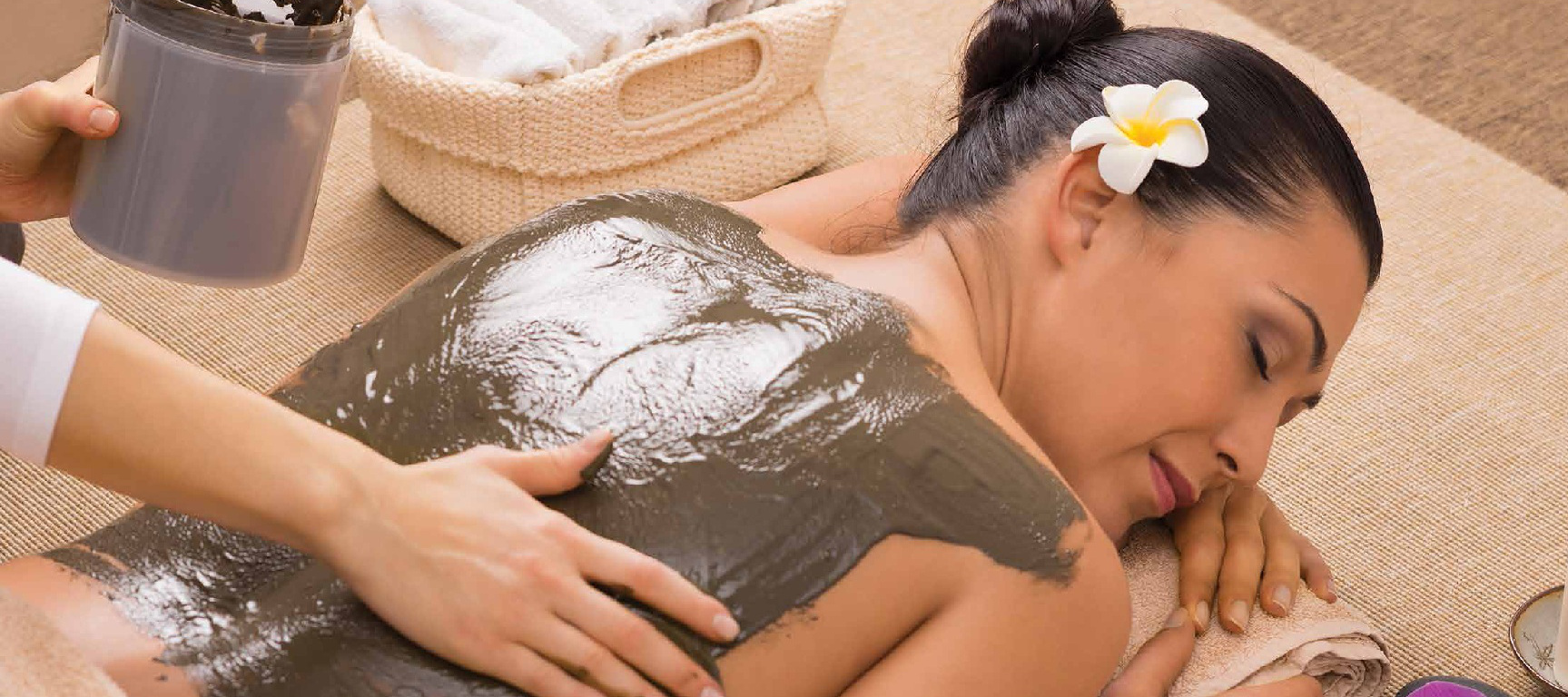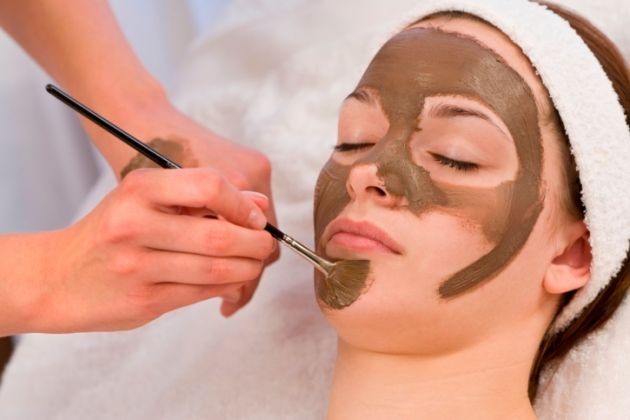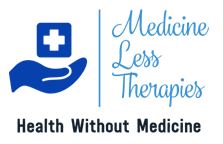Fasting Therapy:
Fasting is primarily the act of willingly abstaining from some or all food, drink, or both, for a period of time. The word id derived from the old English , ‘ Feastan’ means to fast, observe, be strict. In Sanskrit ‘ Vrath’ means ‘determination’ and ‘Upavasa’ means ‘ near to God’.
- A fast may be total or partial concerning that from which one fasts, and may be prolonged or intermittent as to the period of fasting.
- Fasting is an important treatment modality for health preservation. In fasting, mental preparedness is an essential pre-condition.Prolonged fasting should be done only under the supervision of a competent Naturopath.
- The duration of the fast depends upon the age of the patient, the nature of the disease and amount and type of drugs previously used.
- It is some times advisable to undertake a series of short fasts of two or three days and gradually increase the duration of each succeeding fast by a day or so.
- No harm will accrue to fasting patient provided they take rest and are under proper professional care.
Methods of fasting :
- The water, juices or raw vegetable juices are the best, safest and most effective method is lime juice fasting.
- During fasting, the body burns up and excretes huge amounts of accumulated wastes.
- We can help this cleansing process by drinking alkaline juices. Sugars in juices will strengthen the heart, juice fasting is therefore the best form of fasting.
- All juices should be prepared from fresh fruit immediately before drinking. Canned or frozen juices should not be used.
- A precautionary measure, which must be observed in all cases of fasting, is the complete emptying of the bowels at the beginning of the fast by enema so that the patient is not bothered by gas or decomposing matter formed from the excrements remaining in the body.
- Enemas should be used at least every alternate day during the fasting period. The total liquid intake should be approximately six to eight glasses.
- A lot of energy is spent during the fast in the process of eliminating accumulated poisons and toxic waste materials.
- It is therefore, of utmost importance that the patient gets as much physical rest and mental relaxation as possible during the fast.
- The success of the fast depends largely on how it is broken. The main rules for break in the fast are: do not overeat, eat slowly and chew your food thoroughly and take several days for the gradual change to the normal diet.
Benefits and Physiological effects of Fasting
- Increases Lifespan. Fasting can have a great effect on autophagy. …
- Increases Body’s Resistance to Stress. A lot of us suffer from stress at one point or the other. …
- Improves Brain Function. …
- May Aid in Preventing Cancer. …
- Improves Immune System. …
- Improves Insulin Sensitivity. …
- Raises Growth Hormone Levels. …
- Helps in Weight Loss.
Mud Therapy:
Mud therapy is very simple and effective treatment modality. The mud used for this should be clean and taken from 3 to 4 ft. depth from the surface of the ground. There should be no contamination of stone pieces or chemical manures etc. in the mud.

Mud is one of five elements of nature having immense impact on the body both in health and sickness. Advantages of using mud:
- Its black color absorbs all the colors of the Sun and conveys them to the body.
- Mud retains moisture for a long time, when applied over the body part it causes cooling.
- Its shape and consistency can be changed easily by adding water.
- It is cheap and easily available.
Before using, mud should be dried, powdered and sieved to separate stones, grass particles and other impurities
Mud Pack-Local Application:
- Keeping soaked mud in a thin, wet muslin cloth and making it into a thin flat brick depending on the size of the patient’s abdomen, apply it.
- The duration of the mud pack application is 20 to 30 minutes. When applied in cold weather, place a blanket over the mud pack and cover the body as well.

Benefits:
- When applied to abdomen it relieves all forms of indigestion. It is effective in decreasing intestinal heat and stimulates peristalsis.
- A thick mud pack applied to head in congestive headache, relieves the pain immediately. Hence this is recommended whenever there is necessity for a prolonged cold application.
- Application of the pack over the eyes is useful in cases of conjunctivitis, hemorrhages in the eyeball, itching, allergy, errors of refraction like short sight and long sight and especially useful in glaucoma where it helps to reduce eyeball tension.
Mud Pack for Face:
- Soaked mud is applied on the face and allowed to dry for 30 minutes. This is helpful in improving the complexion of the skin and removing pimples and open skin pores which in turn facilitate elimination.
- This also is helpful in eliminating dark circles around the eyes. After 30 minutes, face should be washed thoroughly with cold water.

Mud Bath
- Mud may be applied to the patient in sitting or lying position. This helps to improve the skin condition by increasing the circulation and energizing the skin tissues.
- Care should be taken to avoid catching cold during the bath. Afterwards, the patient must be thoroughly washed with cold water jet spray.
- If the patient feels chill, warm water should be used. The patient is, then, dried quickly and transferred to a warm bed. The duration of mud bath may be 45 to 60 minutes.

Benefits:
- The effects of mud are refreshing, invigorating, and vitalizing.
- For wounds and skin diseases, application of mud is the only true bandage.
- Mud therapy is used for giving coolness to body.
- It dilutes and absorbs the toxic substances of body and ultimately eliminates them from body.
- Mud is used successfully in different diseases like constipation, headache due to tension, high blood pressure, skin diseases etc.
- Gandhiji used to take mud pack to get rid of constipation.
